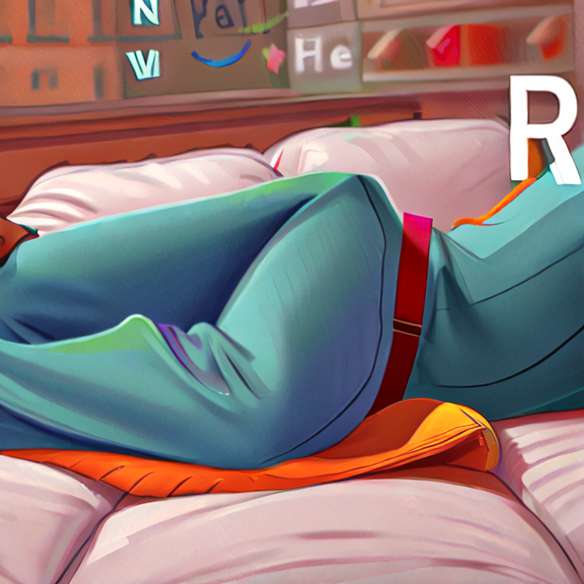How to cure a bulb?

Ampoules (or phlyctenes) are the result of friction on the skin and are manifested by blisters filled with water. When the skin is raw and the bulb is pierced, the pain can be very strong.
When the bulb is not piercedit's about protecting the skin to prevent microbes from entering. For this, there are hydro-colloid dressings, which will promote healing and create a barrier around the bulb.
Another solution existsYou can choose to pierce the ampoule with a sterile needle first, empty the liquid, press the skin against the flesh and then apply eosin to the wound. It is painless and avoids scratching, painful at this place.
When the bulb is already piercedthe wound must be disinfected, otherwise it may become purulent. For this, apply Betadine or eosin on the phlyctene, these products will have a sheathing effect around the ampoule that you will then cover with a dressing, to change daily.
In a second time, it is about cutting the skin of the bulb with small scissors, to avoid that the scratch gets worse. To heal quickly, a bulb must be disinfected twice a day you must leave your foot in the open, which is easier in the summer.
To avoid any secondary infection, regularly monitor the evolution of the ampoule. In case of swelling inflammation, pain or presence of pus, consult a doctor.
When the bulb is not piercedit's about protecting the skin to prevent microbes from entering. For this, there are hydro-colloid dressings, which will promote healing and create a barrier around the bulb.
Another solution existsYou can choose to pierce the ampoule with a sterile needle first, empty the liquid, press the skin against the flesh and then apply eosin to the wound. It is painless and avoids scratching, painful at this place.
When the bulb is already piercedthe wound must be disinfected, otherwise it may become purulent. For this, apply Betadine or eosin on the phlyctene, these products will have a sheathing effect around the ampoule that you will then cover with a dressing, to change daily.
In a second time, it is about cutting the skin of the bulb with small scissors, to avoid that the scratch gets worse. To heal quickly, a bulb must be disinfected twice a day you must leave your foot in the open, which is easier in the summer.
To avoid any secondary infection, regularly monitor the evolution of the ampoule. In case of swelling inflammation, pain or presence of pus, consult a doctor.
Our advice
Prevention is better than cure, so when you wear new shoes, put bandages, talcum or lubricating oily pomade on sensitive areas, you will prevent blisters from forming.








